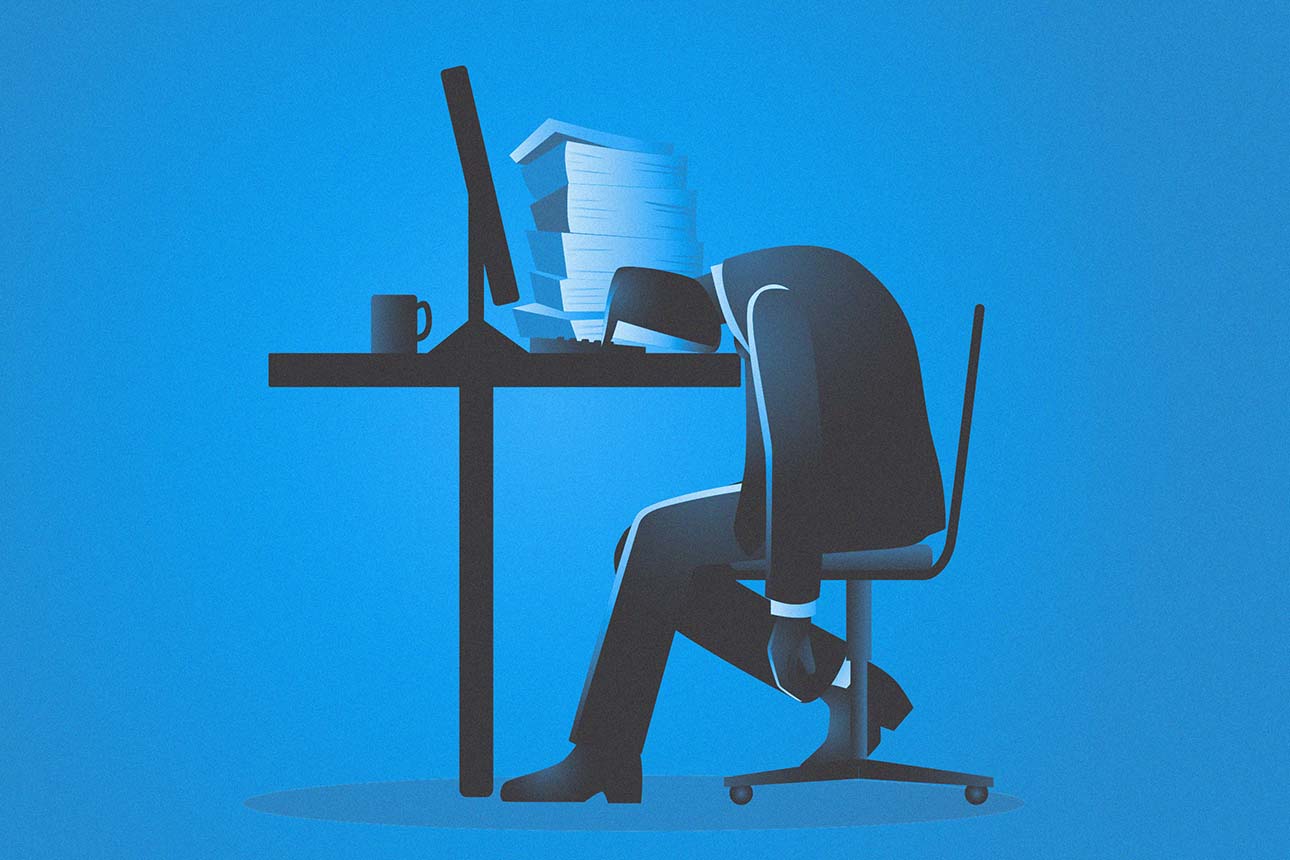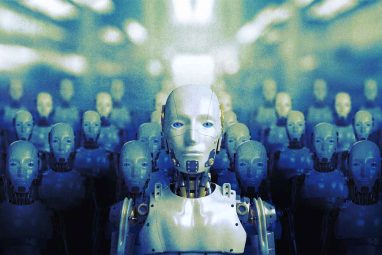Workers Trapped in Infinite Workday Cycle, Microsoft Study Says
The very structure of a "workday" is starting to collapse under the weight of digital overload, a new study from Microsoft has found.
News
- Google Bridges Cloud Power and Privacy with Private AI Compute
- California’s Genspark Enters AI Unicorn Club with $200 Million Round
- OpenAI Taps Intel’s Sachin Katti to Build Compute Backbone for AGI
- Flipkart Brings Voice-Led Wholesale Ordering to WhatsApp with Sarvam AI
- Varun Berry Steps Down at Britannia, Rakshit Hargave to Take Over
- OpenAI Issues Warning on AI’s Acceleration From Inside the Fast Lane

The very structure of a “workday” is starting to collapse under the weight of digital overload, a new study from Microsoft has found.
Based on trillions of Microsoft 365 productivity signals and a global survey of over 31,000 people across 31 countries, the report paints a stark picture of how the rhythm of work has unravelled.
Interruptions are constant, boundaries have blurred, and the traditional 9-to-5 schedule is no longer the norm.
Titled ‘Breaking Down the Infinite Workday,’ the latest edition of Microsoft’s Work Trend Index shows that knowledge workers today are navigating a relentless stream of digital communications.
On average, employees receive 153 Teams messages and 117 emails per day, or an interruption roughly every two minutes.
Unsurprisingly, many workers try to get ahead by logging on early.
Microsoft’s data shows that 40% of Teams users are already online by 6 am, combing through their inboxes before the day officially begins.
But even late-night hours are no longer sacred: nearly one in three users is still checking email at 10 pm. Weekend activity is creeping in as well—20% of employees are reviewing emails before noon on weekends.
The fragmentation of the day is also making it harder to focus. Microsoft found that people’s peak productivity windows, which are typically between 9 to 11 am and again from 1 to 3 pm, are often filled with meetings, leaving little time for uninterrupted work.
Adding to the problem, 57% of meetings are now impromptu, scheduled within 24 hours or less, making it difficult for workers to plan their day or carve out quiet time.
Nearly half of employees (48%) and more than half of business leaders (52%) describe their days as “chaotic and fragmented.” One in three say the pace of work has become unsustainable, with no signs of slowing.
The study also points to a growing mismatch between intention and reality. Employees report spending too much time on low-value work such as status updates and coordination, and too little time on deep, strategic tasks.
As Microsoft puts it, people are “working more, but not necessarily getting more done.”
While many organizations hope artificial intelligence will ease the burden, Microsoft’s report sounds a note of caution: AI can make things worse if it is layered on top of already dysfunctional systems.
Simply accelerating existing processes risks amplifying the chaos.
Instead of automating chaos, Microsoft urges leaders to take a step back and rethink the foundation of the modern workplace. That means helping teams focus on high-impact work, not busywork.
It means creating agile teams oriented around goals, rather than rigid reporting lines. And it means pairing employees with AI agents that handle the repetitive tasks—writing drafts, summarizing documents, scheduling meetings—so that people can focus on insight, creativity, and connection.
The report concludes that AI alone won’t fix the modern workday. For meaningful change, leaders must rethink the very operating system of work. Without a reset, the risk isn’t just lost productivity—it’s a workforce on the edge of burnout.




